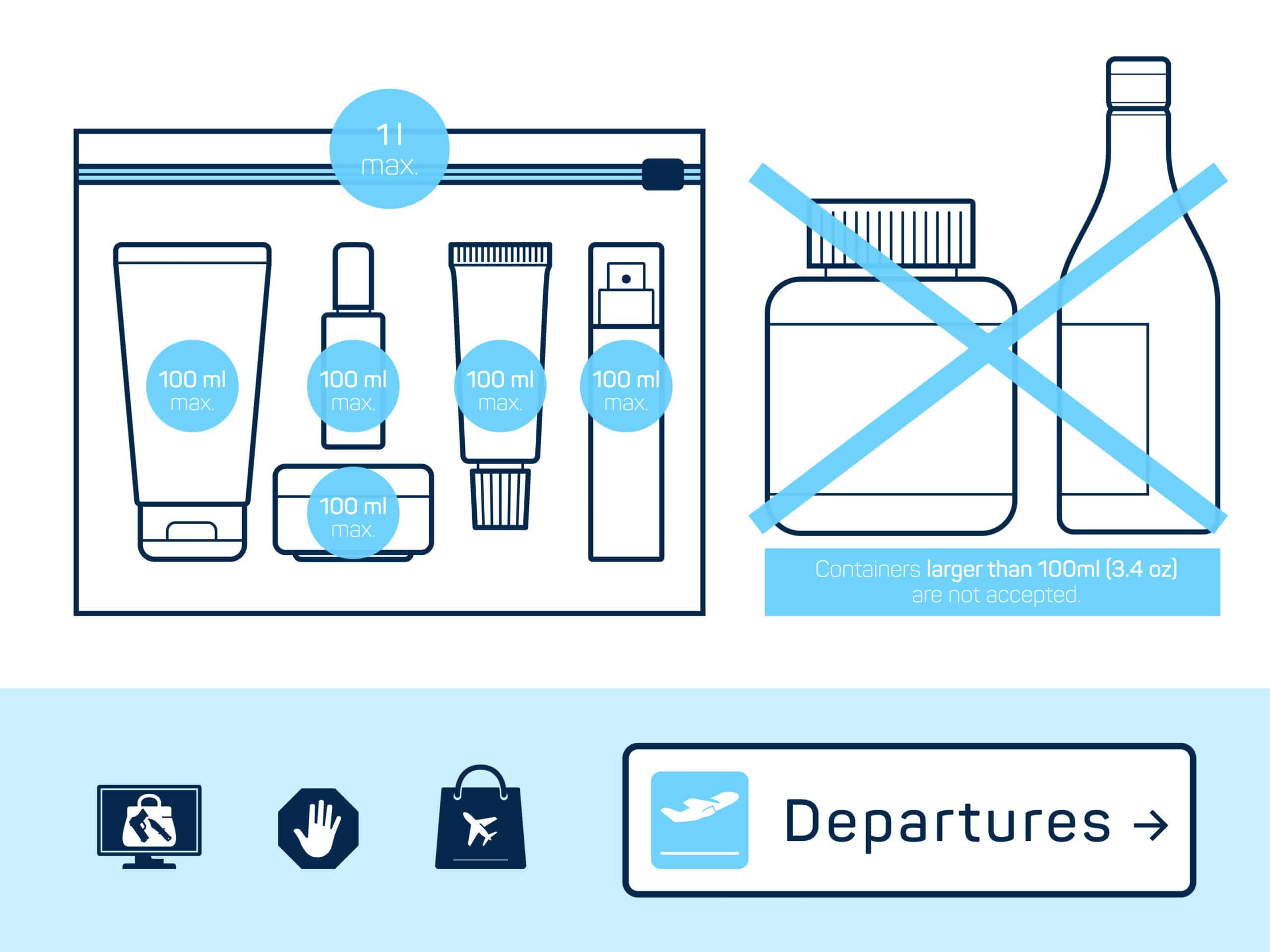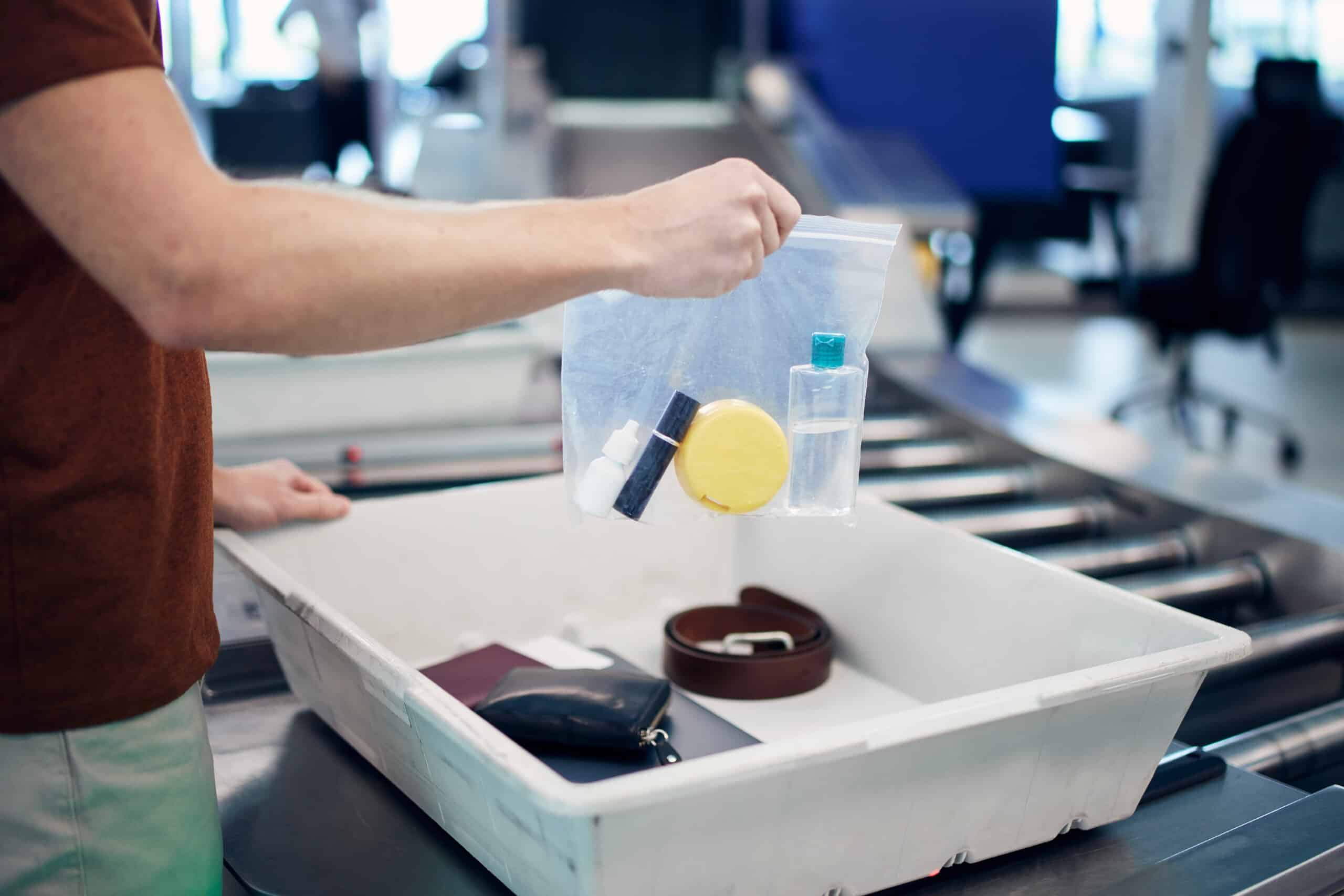Flying can be a stressful experience, especially when it comes to packing. One of the most important things to remember is that all liquids in your carry-on luggage must follow the 3-1-1 rule in the United States, Canada, Europe, Asia, South America, and most other airports. But what exactly is the 3-1-1 rule? That’s what we’re going to discuss.
Anyone who has ever planned a vacation can attest to the fact that it is not always a relaxing experience. From researching destination options to booking hotels and flights, there are a lot of details to keep track of.
And if you’re traveling with a group of people, coordinating everyone’s schedules can be a daunting task. Of course, there are also the inevitable setbacks — bad weather, canceled flights, lost luggage — that can quickly turn a dream vacation into a nightmare. But despite the challenges, the planning process can also be enjoyable. After all, it’s half the fun of taking a trip. You also have to pack accordingly, including following the 3-1-1 rule for liquids in your cabin luggage.
What is the 3-1-1 rule?
The 3-1-1 rule is a guideline for liquids in containers that are carried (carry-on) onto an airplane by the TSA and most international airport authorities. The rule states that each passenger is allowed to bring up to (3) 3.4 ounces, or 100 milliliters, of liquids in containers that hold no more than 3.4 ounces each. These containers must be placed in a (1) single, clear, quart-sized bag. Only (1) one bag per passenger is allowed. The bag must be placed in a carry-on bag or in your checked luggage.
Liquids include items such as water, soda, juice, coffee, tea, and essential oils. Liquids also include items such as creams, lotions, gels, pastes, aerosols, and even peanut butter. All of these items must fit into a single, quart-sized bag. Each item must be in its own container that holds no more than 3.4 ounces or 100 milliliters. These containers must be placed in a quart-sized bag. Only one bag per passenger is allowed.
The 3-1-1 rule is designed to make it easier for security screeners to identify potentially dangerous liquids. The rule also helps to speed up the screening process so that passengers can get through security checkpoints more quickly.

Does the 3-1-1 rule apply to checked luggage?
Due to the increased focus on homeland security in the wake of 9/11, the TSA (Transportation Security Administration) implemented the 3-1-1 rule for carry-on baggage. This rule stipulates that each passenger is allowed to bring three ounces or less of liquid, gel, or cream in a single, clear, quart-sized bag.
However, the 3-1-1 rule does not apply to checked luggage. Passengers are allowed to bring larger quantities of liquids in their checked bags as long as they are properly packaged and labeled. As a result, travelers can pack their toiletries and other liquids with no fear of exceeding the limit.
Conclusion
The 3-1-1 rule is an important guideline for travelers to remember when packing liquids in their carry-on luggage. This rule outlines the maximum quantity of liquids that can be taken through airport security checkpoints without being confiscated or rejected. It also helps keep passengers safe by preventing potentially dangerous items from entering the cabin of an airplane. Finally, it speeds up the screening process so that passengers can get through security faster and begin enjoying their trips.
Travelers should be sure to follow this rule when packing their carry-on bags in order to avoid any delays or other issues at the airport. Remember 3.4 ounces or less per container, one quart-sized bag per passenger.
Frequently Asked Questions
Is the 3-1-1 rule still in effect?
The 3-1-1 rule is still in effect at most airports. This means that you are limited to bringing 3.4-ounce (100 milliliters) containers of liquids, gels, and aerosols in a single, clear, quart-sized bag. You are allowed one bag per passenger. Each container must be placed in its own bag.
The bag may be placed in a carry-on bag. If you have pre-check, you do not need to remove your quart-sized bag of liquids, gels, and creams from your carry-on bag. You can leave it in your bag when going through the pre-check line. However, all other rules still apply, such as no more than 3.4 ounces (100 milliliters) per container and all containers must fit in a quart-size bag. For more information on pre-check, please visit the TSA website.
Does the 3-1-1 rule apply to makeup?
The 3-1-1 rule is a guideline set by the Transportation Security Administration (TSA) for liquids, gels, and aerosols that passengers are allowed to bring on airplanes. Each passenger is allowed to bring 3.4 ounces (100 milliliter) containers that are packed in a single, clear, quart-sized bag. Each passenger is allowed one bag per item.
Makeup is often sold in containers that exceed the size limit, so passengers must be mindful of this when packing their bags. If the makeup is any type of paste, liquid, or cream, then the 3-1-1 rule will apply. Lipstick is considered a solid, and the 3-1-1 rule does not apply to it.
The TSA has a helpful list of what items are considered liquids, gels, and creams on its website. Passengers should also be aware that all containers must fit comfortably in the quart-sized bag and the bag must be able to close completely.
Does the 3-1-1 rule apply to deodorant?
The 3-1-1 rule is a TSA regulation that states that you are allowed to bring a liquid, gel, or cream in a container that is 3.4 ounces (100 milliliters) or less per item. These items must be placed in a single, clear, quart-sized bag. Only one item per bag is allowed. The bag may be placed in a carry-on bag or in your checked luggage.
Deodorant is often white and solid, and therefore the 3-1-1 rule does not apply to it. However, if your deodorant is a gel, which is often the case with antiperspirant, then the 3-1-1 rule would apply. In this case, you would need to place the deodorant (less than 3.4 oz) in a quart-sized bag along with any other liquids, gels, or creams that you are bringing on the plane. Make sure that the bag is sealed and doesn’t have more than one item in it. You should also keep this bag easily accessible so that you can take it out for inspection when asked by a TSA agent.
Why is it called the 3-1-1 rule?
The 3-1-1 rule is a system for transporting liquids on airplanes. The rule stipulates that each passenger is limited to carrying 3.4 ounces (100 milliliters) of liquid in a single, clear, quart-sized bag. Each passenger is allowed one bag per item. The rule is called the 3-1-1 rule because you are limited to 3.4 ounces (100 milliliters) of liquid, 1 bag per item, and 1 bag per passenger. The rule was implemented in 2006 in response to the terrorist threats posed by liquid explosives. The 3-1-1 rule has helped to keep air travel safe and secure, and it is an essential part of the security procedures at airports around the world.





